Kenya
Get up close to some of the world’s most dynamic wildlife in this nation of cultural vivacity and unfathomable natural beauty. In recent decades Kenya has embraced conservation with a passion and has managed to preserve an incredible spectrum of animal species and habitats and protect them from poaching and human development. Kenya has diverse ethnic groups and cultures, and local communities’ involvement in tourism and conservation offers an opportunity to both learn from knowledgeable guides and engage with local traditions.
From the equatorial, snow-capped Mount Kenya to the arid plains of Amboseli National Park, Kenya is a land of harsh extremes—seasonal rains in Maasai Mara National Reserve are the life-giving draw for millions of grazing animals in the Great Migration from the Serengeti. Palm-lined beaches on the Indian Ocean, dense forests, lush volcanic hills, vast plains, and infinite skies make Kenya a land of incredible biodiversity and unforgettable adventures. Enjoy spicy coconut rice dishes, robust stews, and sizzling roasted meats while watching the sunset over the savanna. Trekking, overnights in remote lodges, horseback riding, snorkeling, or floating serenely over the plains in a hot air balloon, the wilds of Kenya are a boundless wonder that ensnare the imagination.
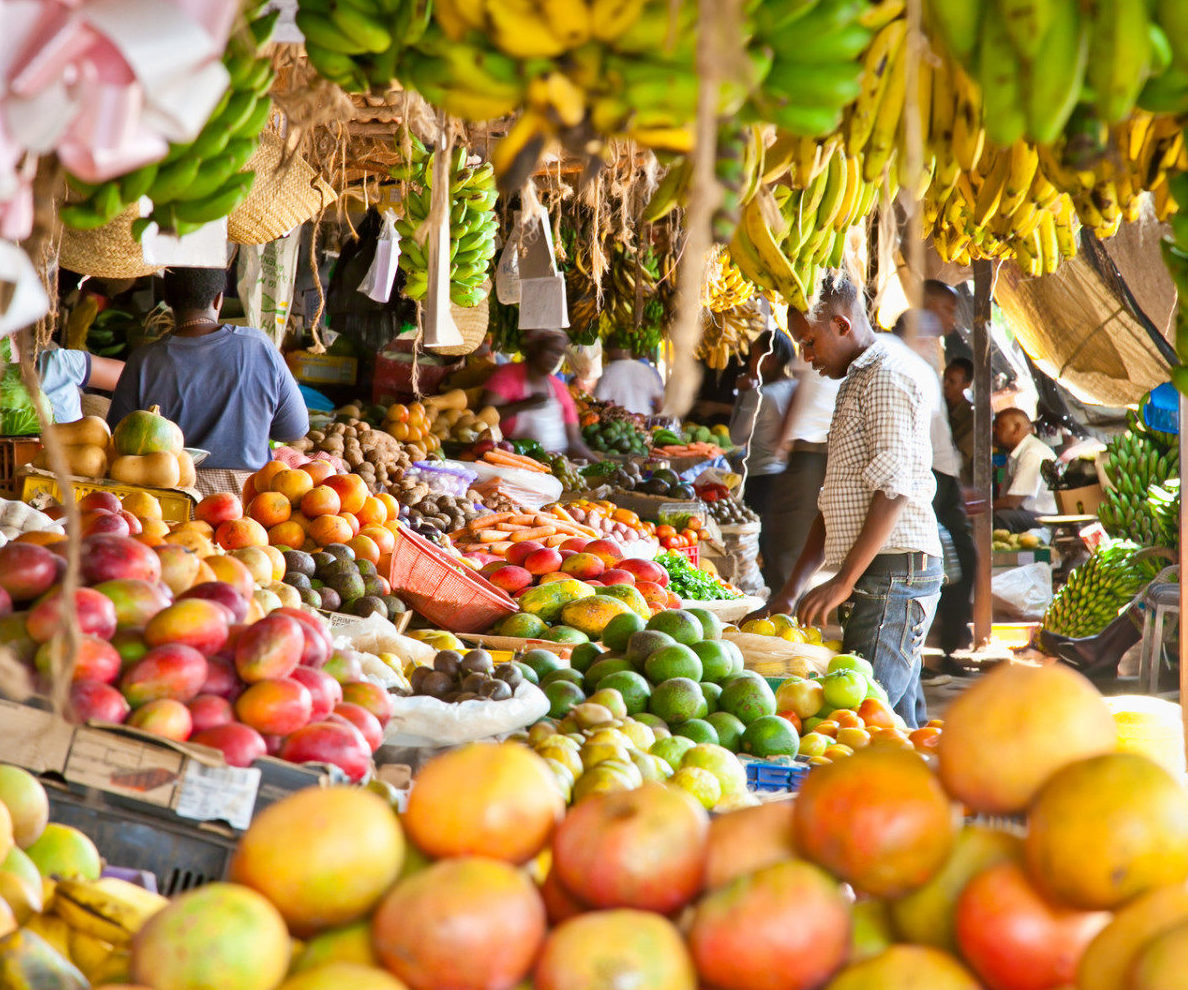
Nairobi
Many people experience Nairobi only as a necessary stop along the way to Kenya’s marvelous parks and reserves, but this major metropolis is bursting with vitality. A cosmopolitan city with fantastic food, exciting nightlife, and a handful of top-notch attractions, Nairobi might not immediately shine with urban beauty, but it’s packed with hidden gems. Visit the National Museum for a journey through East African heritage and history, and see the vast collection of wildlife specimens that includes 900 species of birds. You don’t have to go far to see some of these animals in person—Nairobi National Park is situated just a short drive from the central business district. Open plains and acacia trees host black rhino, lions, giraffes, 400 bird species, and more, all with the city’s skyscrapers in the background—just a taste of what awaits you in Kenya’s spectacular wilderness. Visit the Giraffe Center or the David Sheldrick Wildlife Trust, an orphan-elephant rescue, to see some of the country’s most dynamic species up close. With a veritable city-safari at hand, Nairobi’s five-star hotels, colorful local markets, international cuisine, and hip bars make it worth giving the city more than a passing glance.
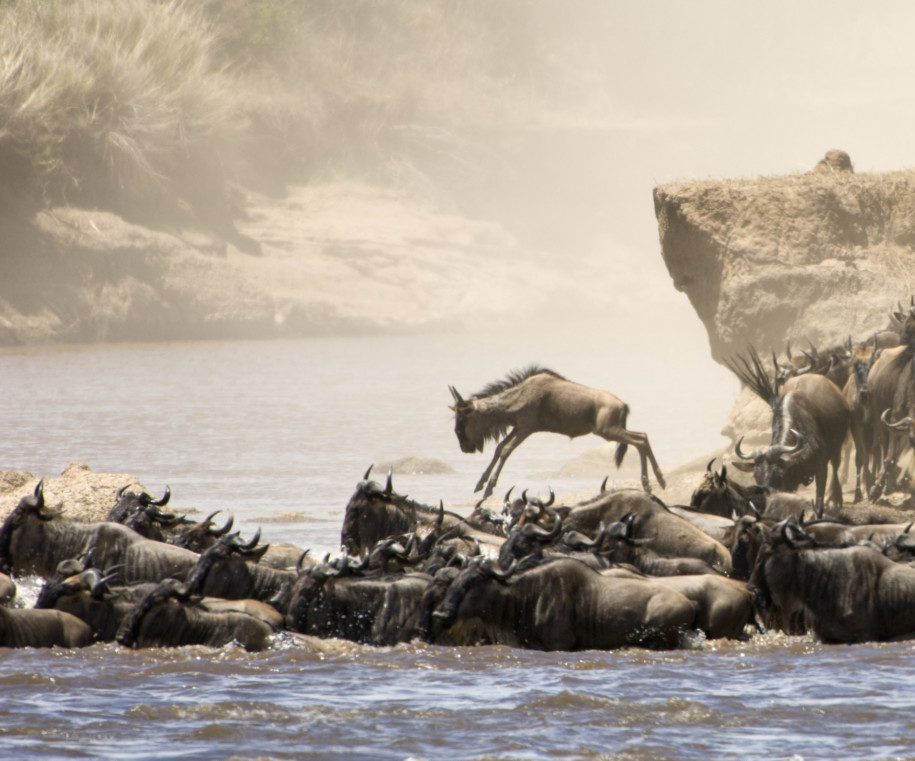
Maasai Mara National Reserve
Located in southwestern Kenya on the border with Tanzania and the adjacent Serengeti National Park, visiting the Maasai Mara National Reserve is an incredible opportunity to be a front row witness to the dynamics of the plains. Every year from July to October the park is bursting with herds who have come streaming north on the Great Migration from the Serengeti—over one million wildebeest, and hundreds of thousands of Thomson’s gazelle, zebras, and other grazing species make this epic journey in search of green grass and cleaner water. With this awe-inspiring mass migration comes a whole host of predators, making the Mara one of the best places to see lions on the hunt. Enjoy the thrill of seeing elephants, rare black rhinoceros, and large populations of crocodiles and hippopotamuses in the Tarek and Mara rivers. Learn about local traditions with Maasai guides, whose vibrant culture is ingrained in this landscape, and for a truly remarkable perspective, take a hot air balloon ride over the plains.
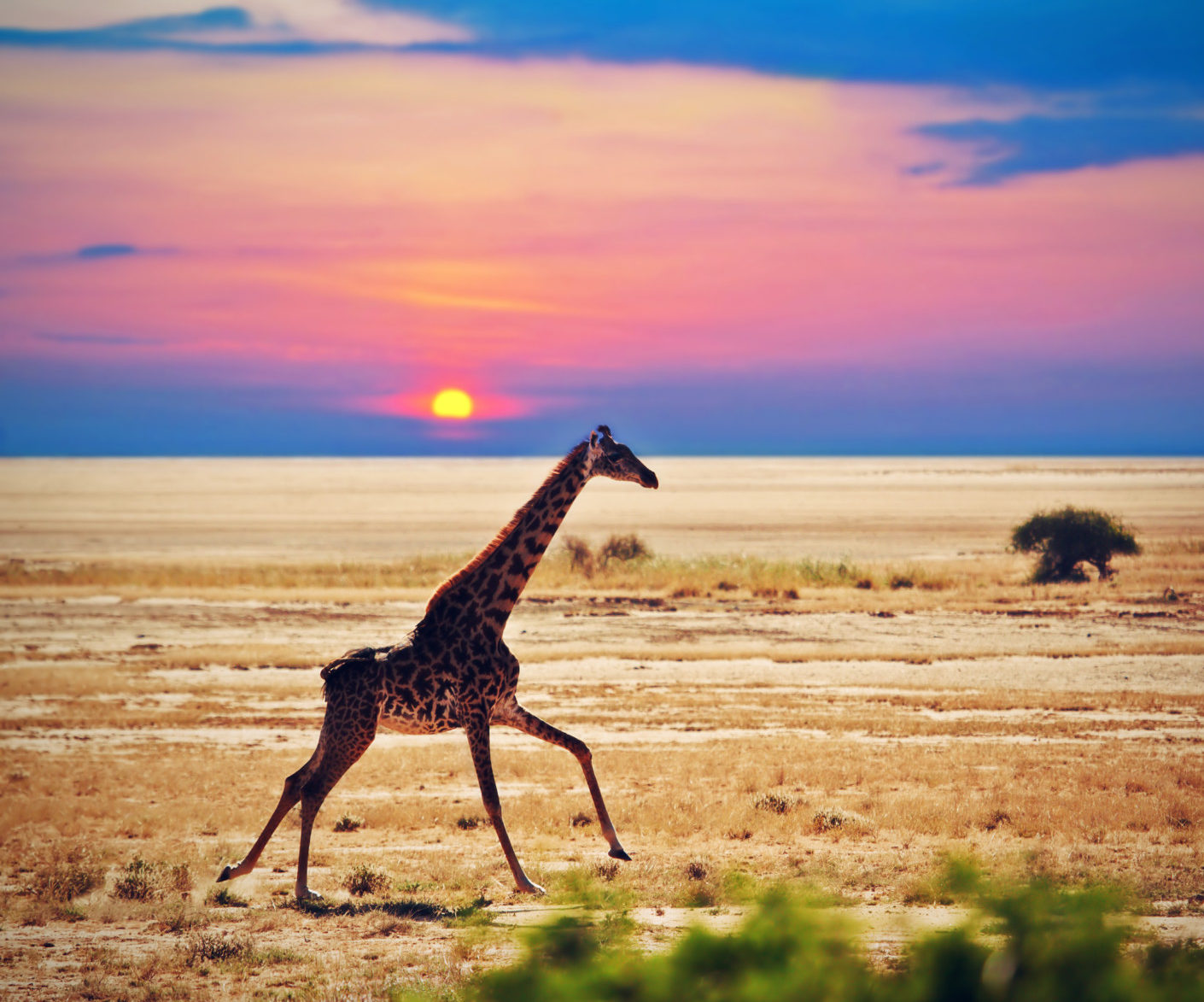
Amboseli National Park
With the snow-capped, cloud-wreathed crown of Mount Kilimanjaro looming in the south, and hundreds of elephants scattered across the plains, Amboseli National Park is a photographer’s dream. One of Kenya’s premier wildlife reserves where you will find giraffe, zebra, wildebeest, and have a good chance of seeing more elusive species like lions and cheetahs. The park has a range of ecosystems encompassing sulphur springs, acacia forests, a seasonally dry lakebed, and lush pockets of vegetation near springs fed by meltwater from Mount Kilimanjaro. Although the best time to view wildlife is when Amboseli’s perennial marshlands are the only source of water, the animals in this arid environment depend on seasonal rains to transform the landscape from dry, dusty brown to lush green grasses. In addition to the abundance of charismatic pachyderms, there are nearly 400 documented bird species that call Amboseli home, including a wide array of waterbirds like the goliath heron and the grey crowned crane.
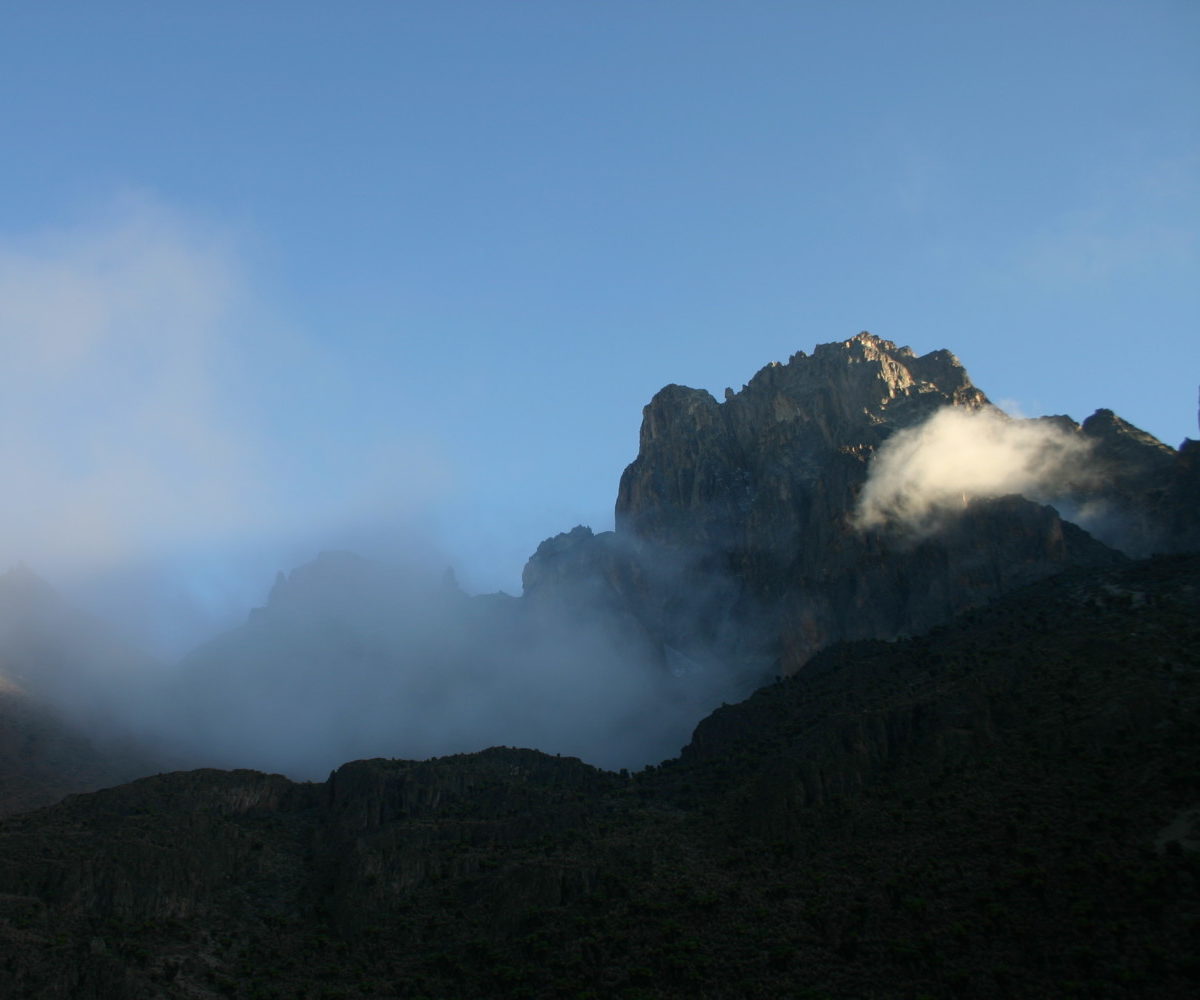
Mount Kenya National Park
Established in 1949 to preserve the unique forests and grasslands surrounding Kenya’s second tallest mountain, a first glance at your surroundings will make it eminently clear why this ancient volcano—and the encircling Mount Kenya Forest Reserve—is a UNESCO World Heritage Site. Home to elephants, wildebeest, buffalo and an impressive variety of other rare and endangered species, this national park is a land of awe-inspiring beauty. The remains of a dozen glaciers cloak towering peaks and sloping valleys and have formed clear, alpine lakes and tarns as they have retreated. Take guided safari wildlife tours, hike to the soaring Point Lenana—the park’s third highest peak at 16,355 feet—and keep your eyes peeled for giant eagles and brightly-colored sunbirds. Spend your nights in upscale lodges nearby and enjoy delicious local cuisine, boat trips, hiking, or a round of golf.
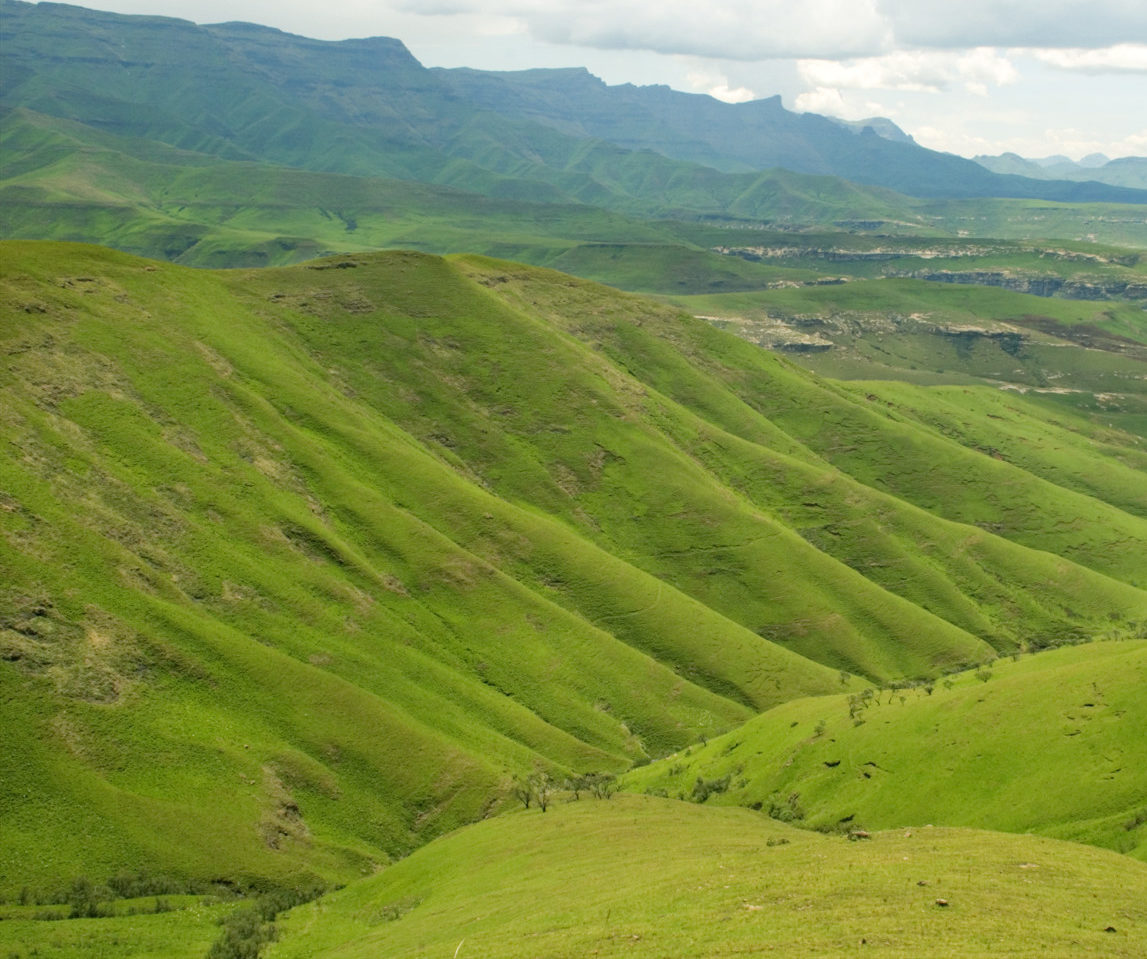
Chyulu Hills
A vast expanse of luxuriant, undulating hills dimpled by volcanic craters and capped by cloud forests unfurls under the vivid blue skies of Chyulu Hills National Park. Though the park doesn’t boast the same density of wildlife as nearby Tsavo West and Amboseli National Parks, this landscape of extinct volcanoes is a surreal burst of green in the midst of arid plains, and home to over two dozen different types of orchids and an abundance of bird species. Visit the otherworldly Upper Leviathan Cave—a seven-mile long tube formed by hot lava cooling under the earth’s crust—go horseback riding or trekking, and enjoy the solitude and majesty of one of Kenya’s less-visited and most enthralling landscapes.
Tanzania
Idyllic white sand beaches, oceanic grasslands, soaring mountains, and safaris that defy imagination are just the beginning of Tanzania’s captivating beauty. A multicultural nation of warm and welcoming people, Tanzania’s cultural legacy encompasses Arab, Indian, and European influences in addition to the 120 local ethnic groups. Delicious regional cuisine blends the heady flavors of fresh ground spices, plantains, coconut, grilled meat, spiced rice, and fresh seafood—for a special treat try mchemsho, a rich fish or meat soup with a hearty variety of veggies.
Snorkel among the coral reefs and vibrant fish in the waters of the Zanzibar Archipelago, hike through the forests of Mount Kilimanjaro, and savor the incredible biodiversity of Tanzania as you drive across the savanna. Watch the breathtaking spectacle of the Great Migration of millions of wildebeest and Zebra across the Serengeti, see elephants, black rhinoceros, and prowling lions in the Ngorongoro Crater, and everywhere you go, keep your eyes open for a fantastic variety of birds.
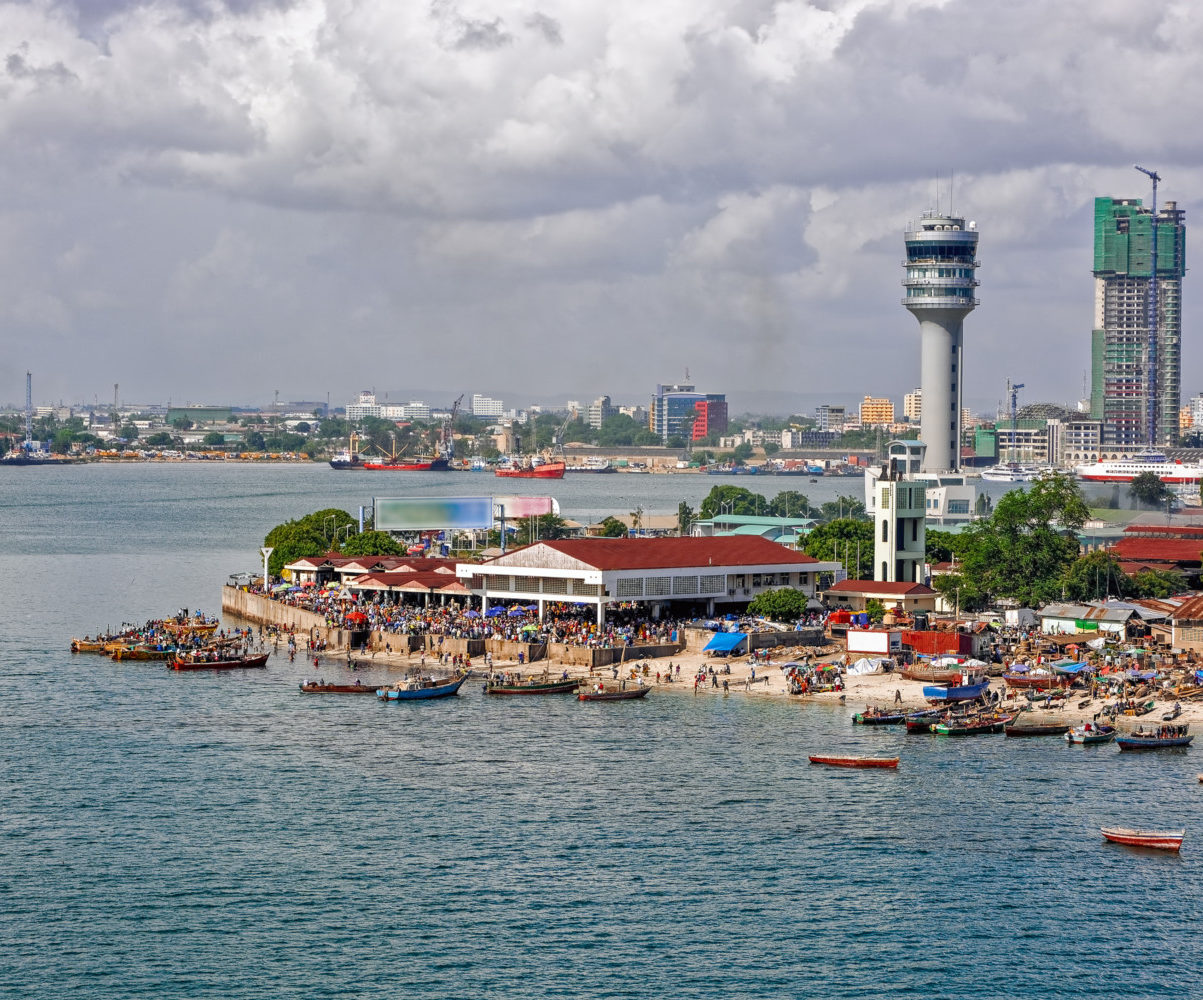
Dar es Salaam
Once a sleepy fishing village, Dar es Salaam is now the economic heart of Tanzania and is rapidly expanding in a profusion of high-rises buildings and hotels. The city’s meteoric rise in the past few decades is in part due to the German East Africa Company of the early 20th century, which paved the way for Dar es Salaam to become an important port city on major trade routes. Though the streets can feel chaotic at times, the city’s fairly compact center retains a generally low-key feel and makes it unnecessary to navigate the evolving outskirts—luxury hotels and quality restaurants proliferate and make spending a night or two an enjoyable experience. Visit the historical exhibits of the National Museum and wander through the nearby shaded oasis of the Dar es Salaam Botanical Gardens, or head down to the Kivukoni Fish Market in the early morning to watch the local fisherman display the nights’ catch. The real gems are just outside of the city though, where elegant palm-fringed beaches spread north along the coast of the Msasani Peninsula and to the south in Kigamboni. The unpopulated islands of the Dar es Salaam Marine Reserve lie just off the coast and are a perfect day trip for basking on sandy beaches and snorkeling or swimming in the turquoise waters of the Indian Ocean.
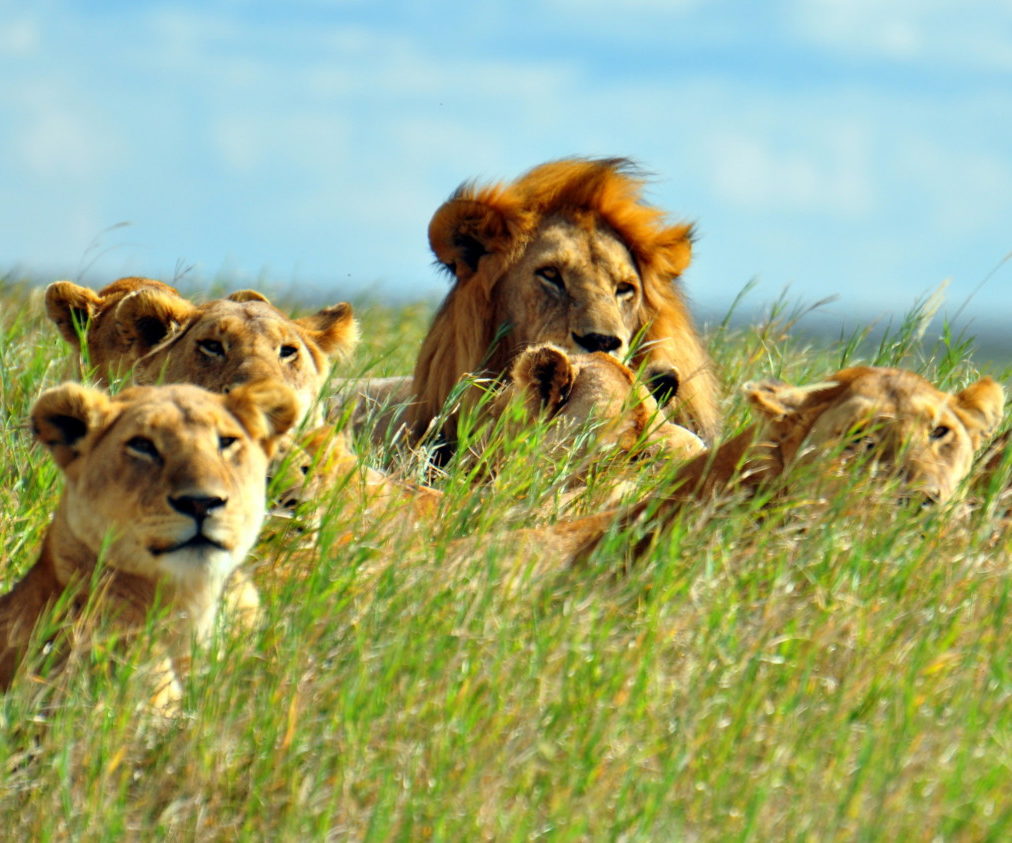
Serengeti National Park
A veritable ocean of yellow grasses stretching to the horizon, the overwhelming beauty of the Serengeti’s stark landscape is matched only by the diversity of life it sustains. Located in northern Tanzania and abutting the border with Kenya, Serengeti National Park is renowned for its immense annual migration of wildebeest, zebra, gazelles, and other grazing animals searching for nutrient-rich grasses and water sources—over two million animals make their way from the southern Serengeti to the Maasai Mara National Reserve in Kenya. Different grazing species form a nearly continuous stream that is closely pursued by prides of lions and other predators—Serengeti National Park is known as one of the best places to see lions hunting. Though there is abundant wildlife year-round, plan your visit for the dryer months between June and September to get the most out of your trip. Elephants, buffalo, hartebeest, spotted hyenas, and nearly 500 species of birds, just to start the list, make for epic wildlife-viewing.
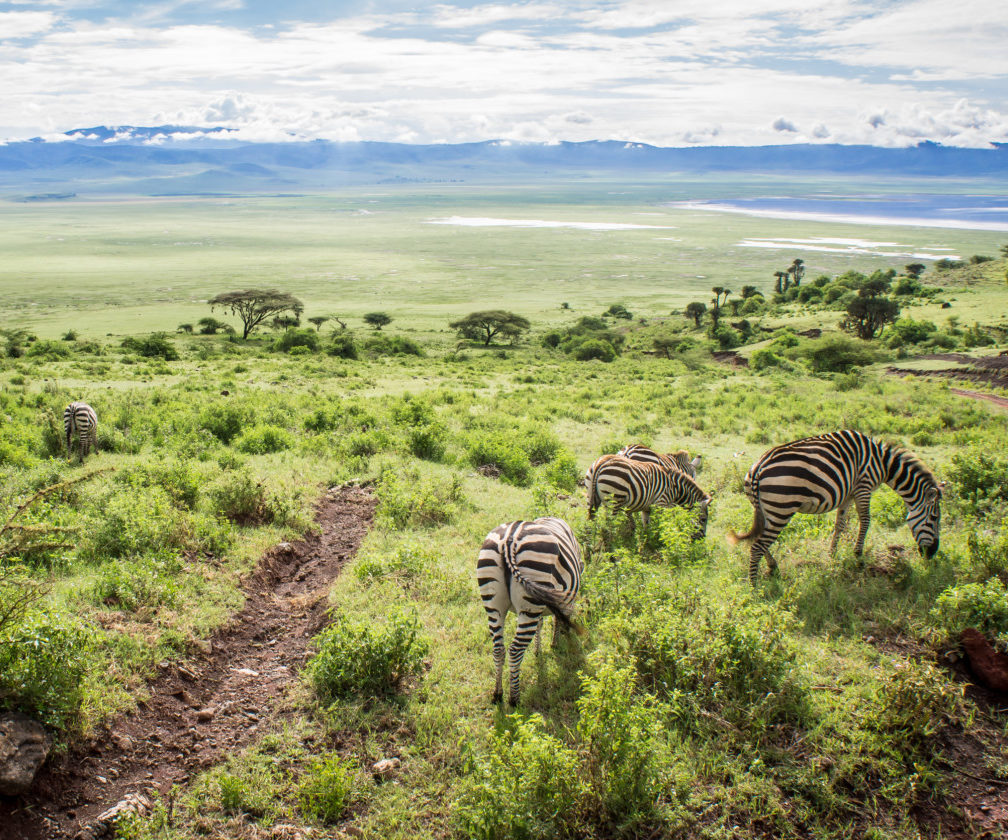
Ngorongoro Crater
A unique conservation area that protects the traditional pastoral societies of the region in addition to land and animals, Ngorongoro encompasses an array of ecosystems and boasts an incredible density of wildlife. At the heart of the conservation area is Ngorongoro Crater, the largest unbroken caldera in the world—formed 2.5 million years ago when the active volcano erupted and collapsed inwards—is now a lush habitat for thousands of animals. Elephant herds, black rhinoceros, buffalo, leopards, lions, and many other species all make their home in the grasslands of the crater floor. Stay in a lodge perched along the forested rim of the crater and have the Ngorongoro Crater as the backdrop for your meals. Recognized as a UNESCO World Heritage Site and an International Biosphere Reserve, Ngorongoro is a singular and magnificent landscape.
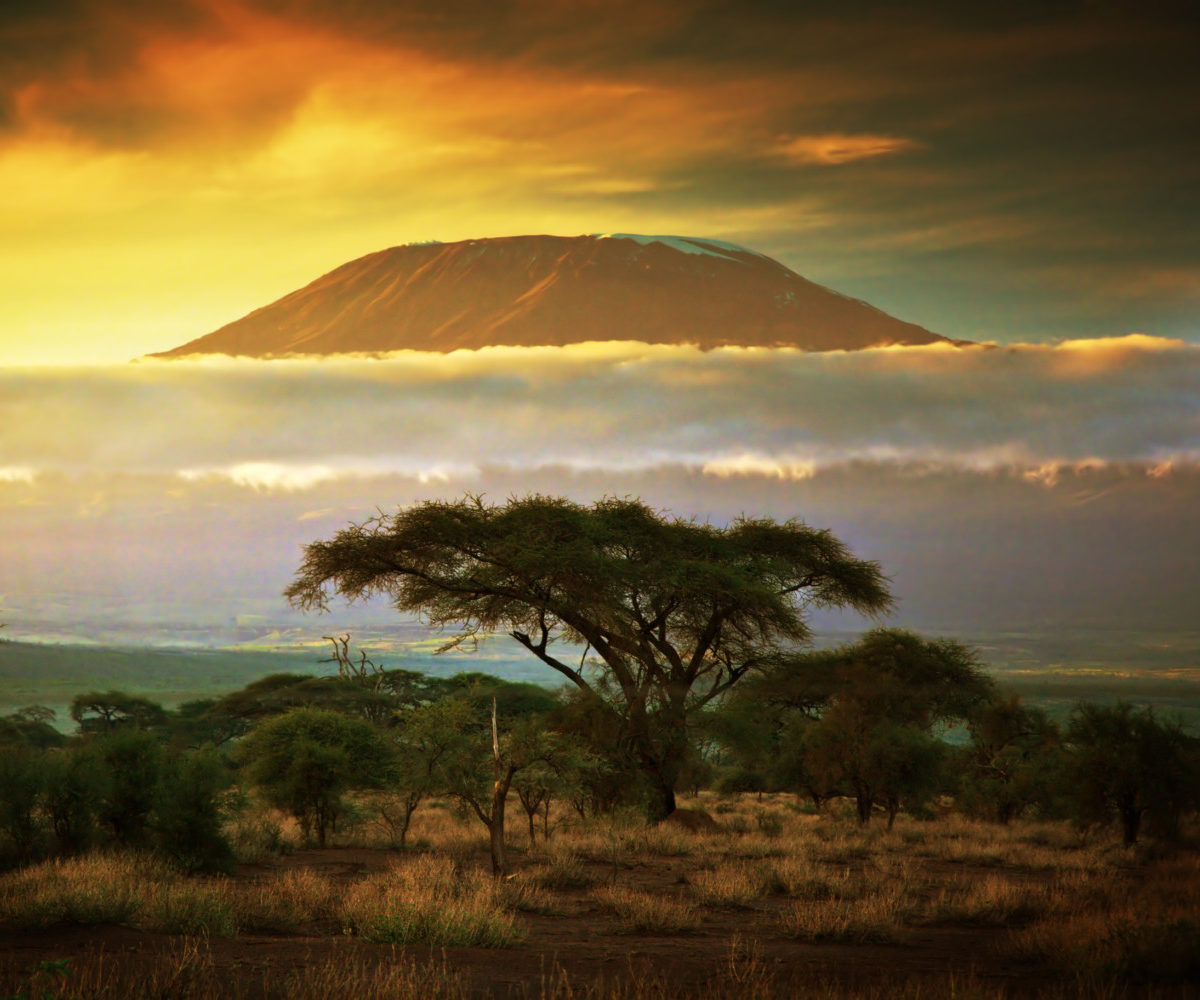
Mount Kilimanjaro
A landscape of mythic, soul-stirring beauty, Mount Kilimanjaro is an emblem of nature’s inimitable majesty. Africa’s highest peak and the world’s tallest free-standing mountain at 19,336 feet, Mount Kilimanjaro hosts ecosystems stretching from from cultivated fields at its base, rainforest, and misty alpine heath, to moorlands and the mountain’s ice-capped peak. Soaring above the surrounding savanna, the cloud-swathed spectre of Mount Kilimanjaro is almost beyond imagination. Join an expedition to make an attempt at the summit, or enjoy a few days hiking in the lower reaches and verdant forests and skip out on battling the effects of the high-altitude. Early morning and sunset views of the mountain are almost as rewarding as the panoramic vistas from Kilimanjaro’s slopes. With hiking trails and activities for all levels—the summit of Kilimanjaro does not actually require technical climbing skills—and surrounded by a landscape steeped in tranquility, visiting Mount Kilimanjaro is an indelible experience.
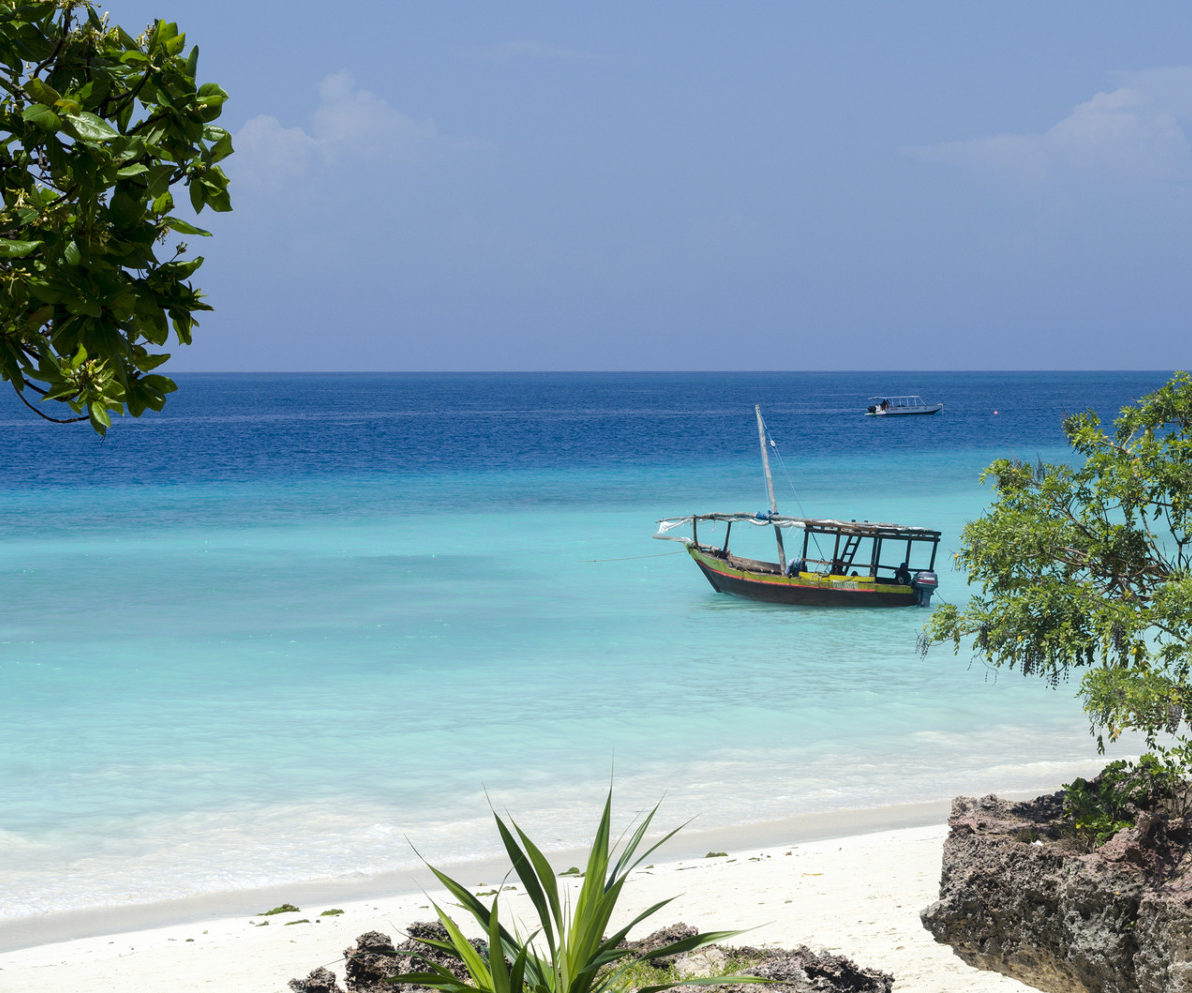
Zanzibar
Just north off the coast of Tanzania’s largest city and former capital, Dar el Salaam, the Zanzibar Archipelago is a world apart from the chaotic streets of the one time fishing village turned major metropolis. Arriving on Zanzibar—officially named Unguja—will instantly transport you to a world of tranquility. Brilliant sunshine, white sand beaches, and turquoise water wreath the islands in natural splendor. Snorkel and dive among coral reefs flashing with vivid-hued fish, or simply revel in the warm breeze and the soothing sense of timelessness that imbues island life. To make this paradise even more perfect, Zanzibar’s history of Persian, Indian, Arabic, and African traditions merge in scintillating cuisine that includes fresh seafood, coconut, and freshly ground spices.
